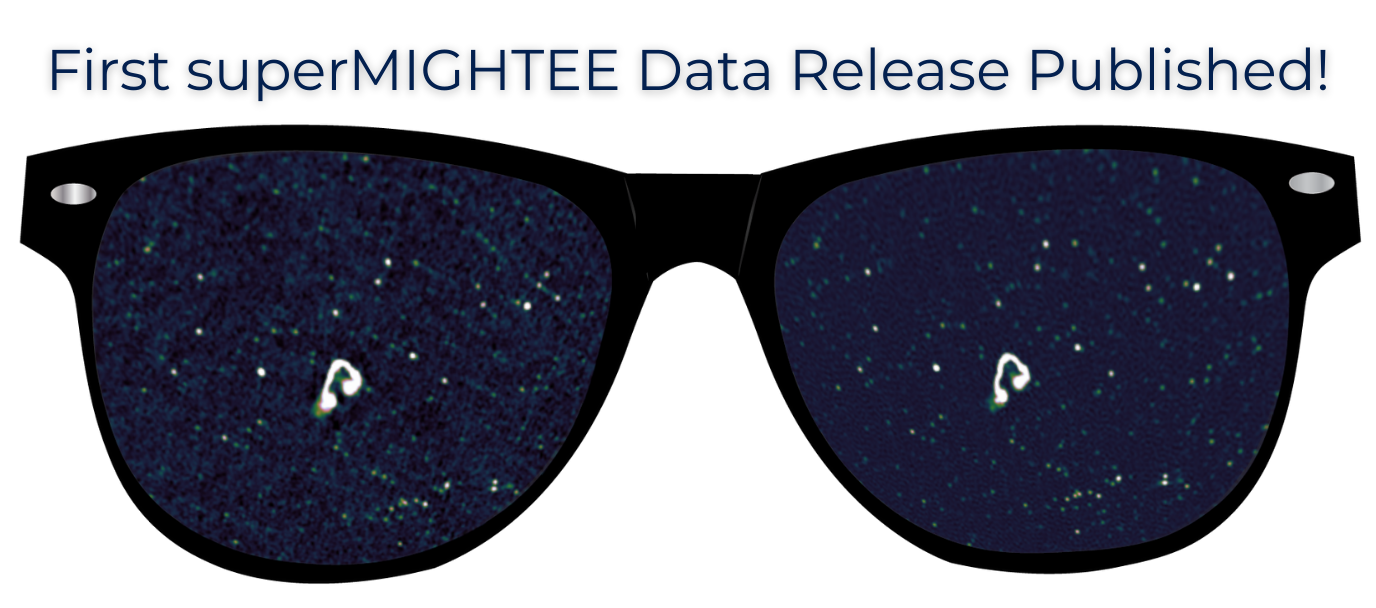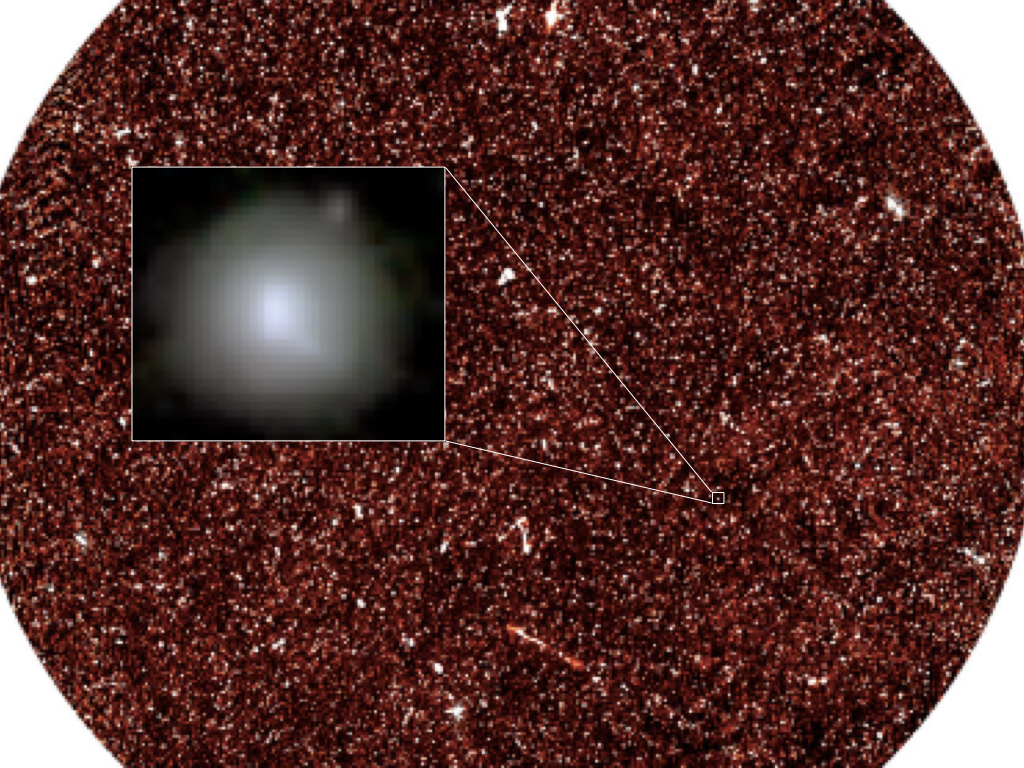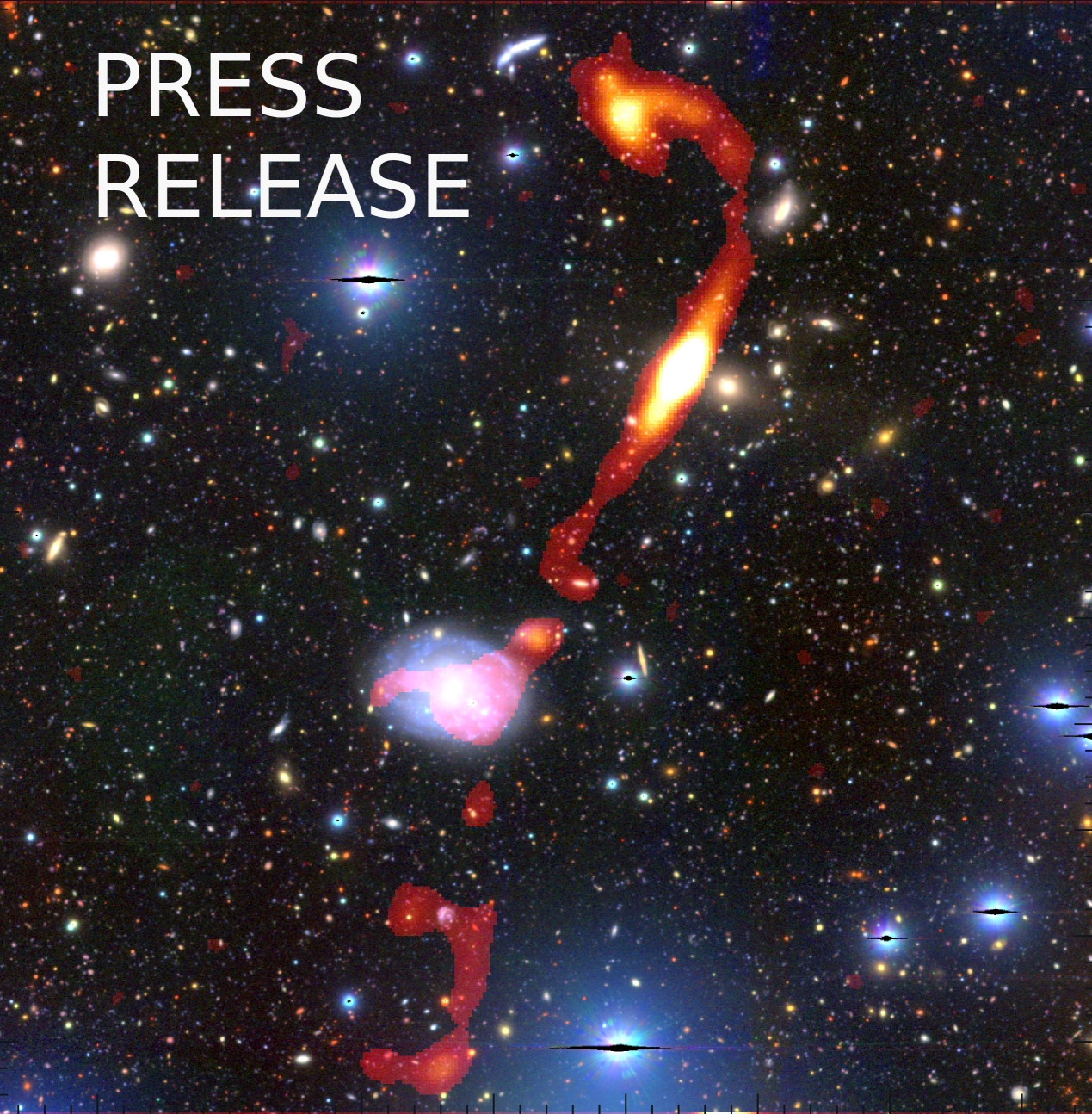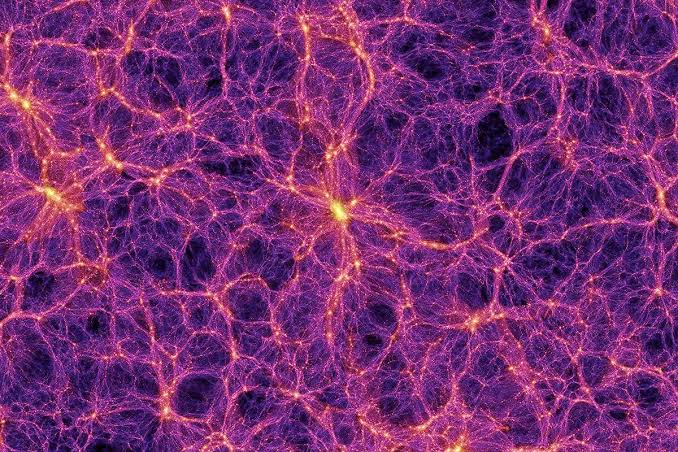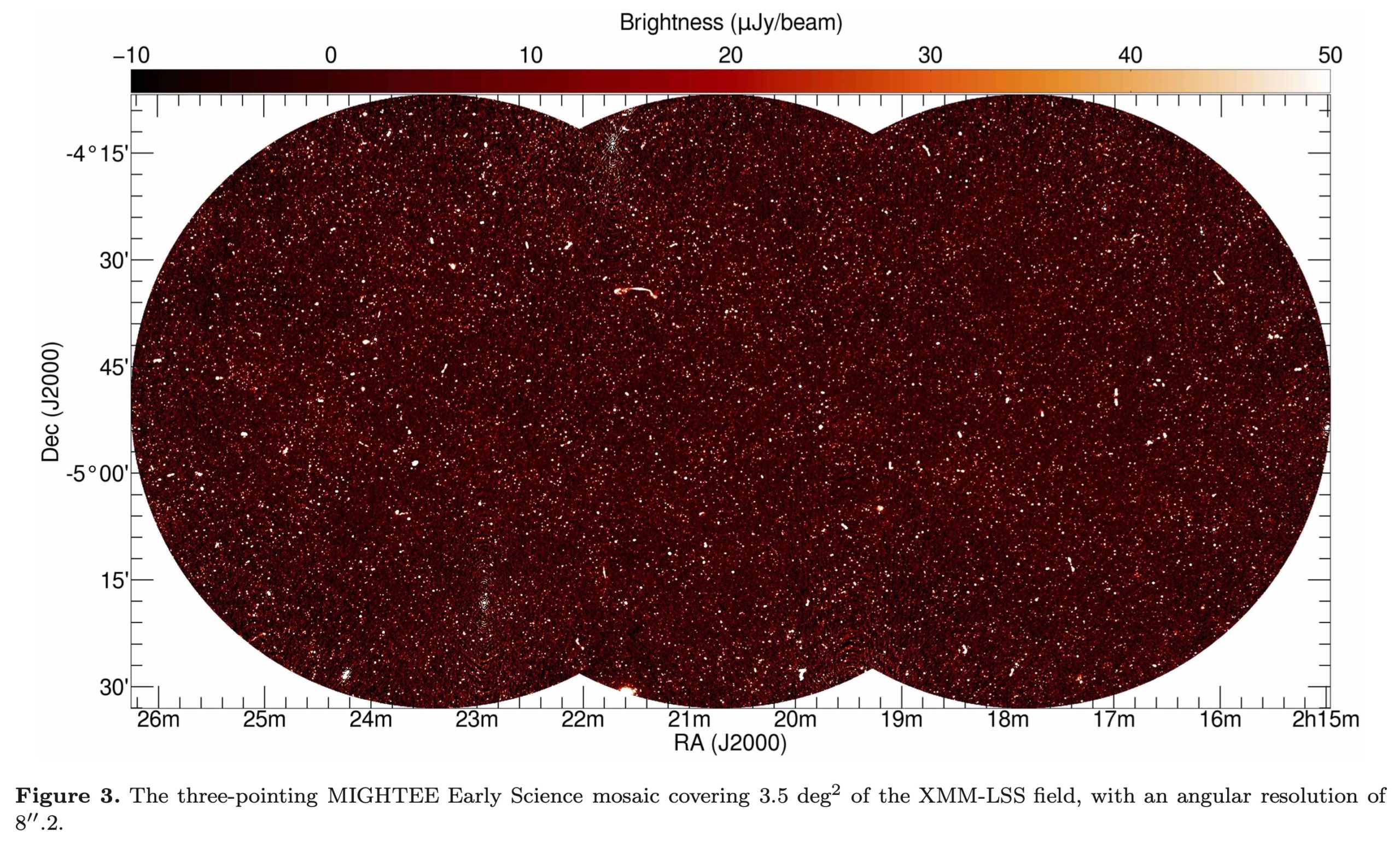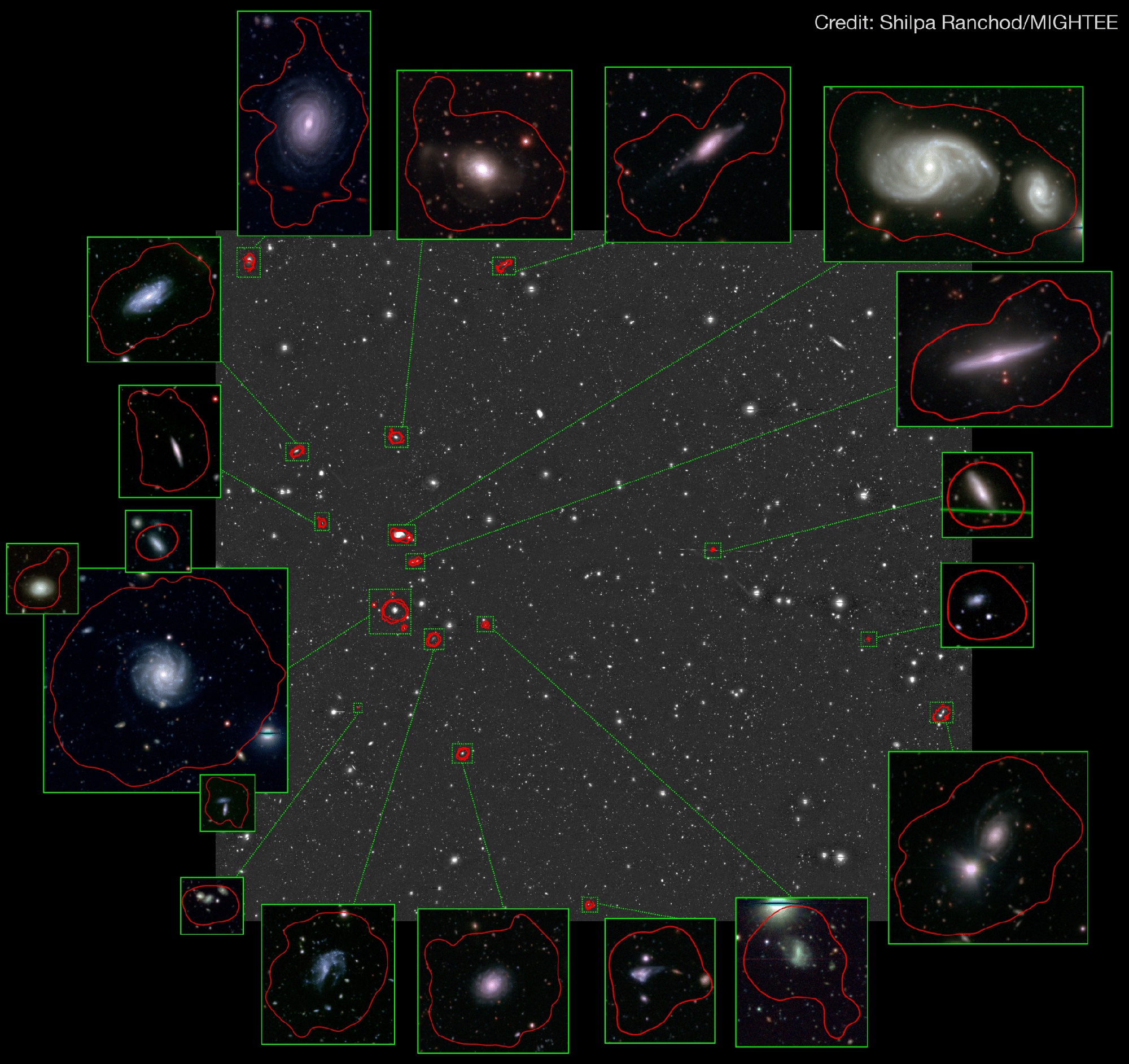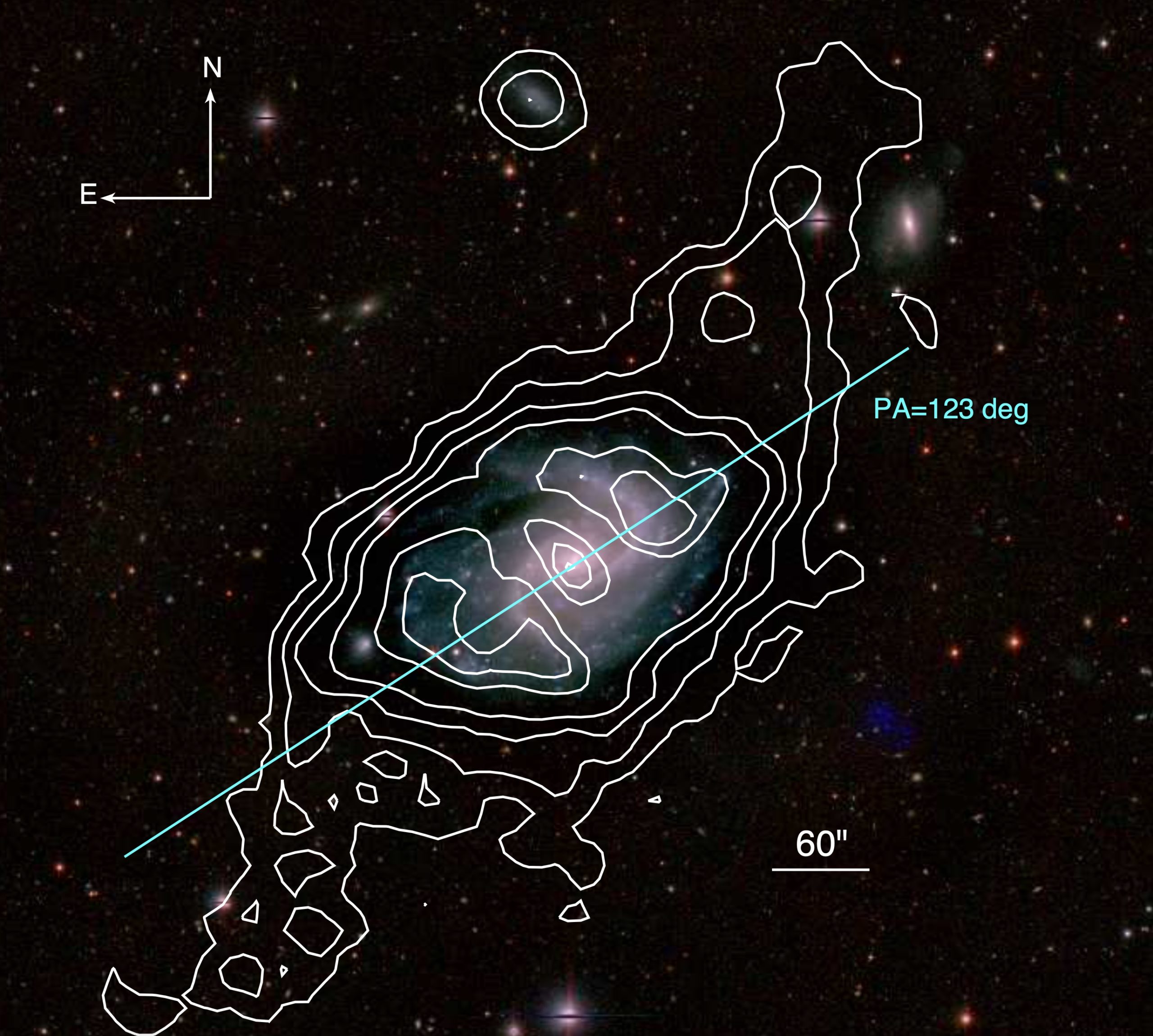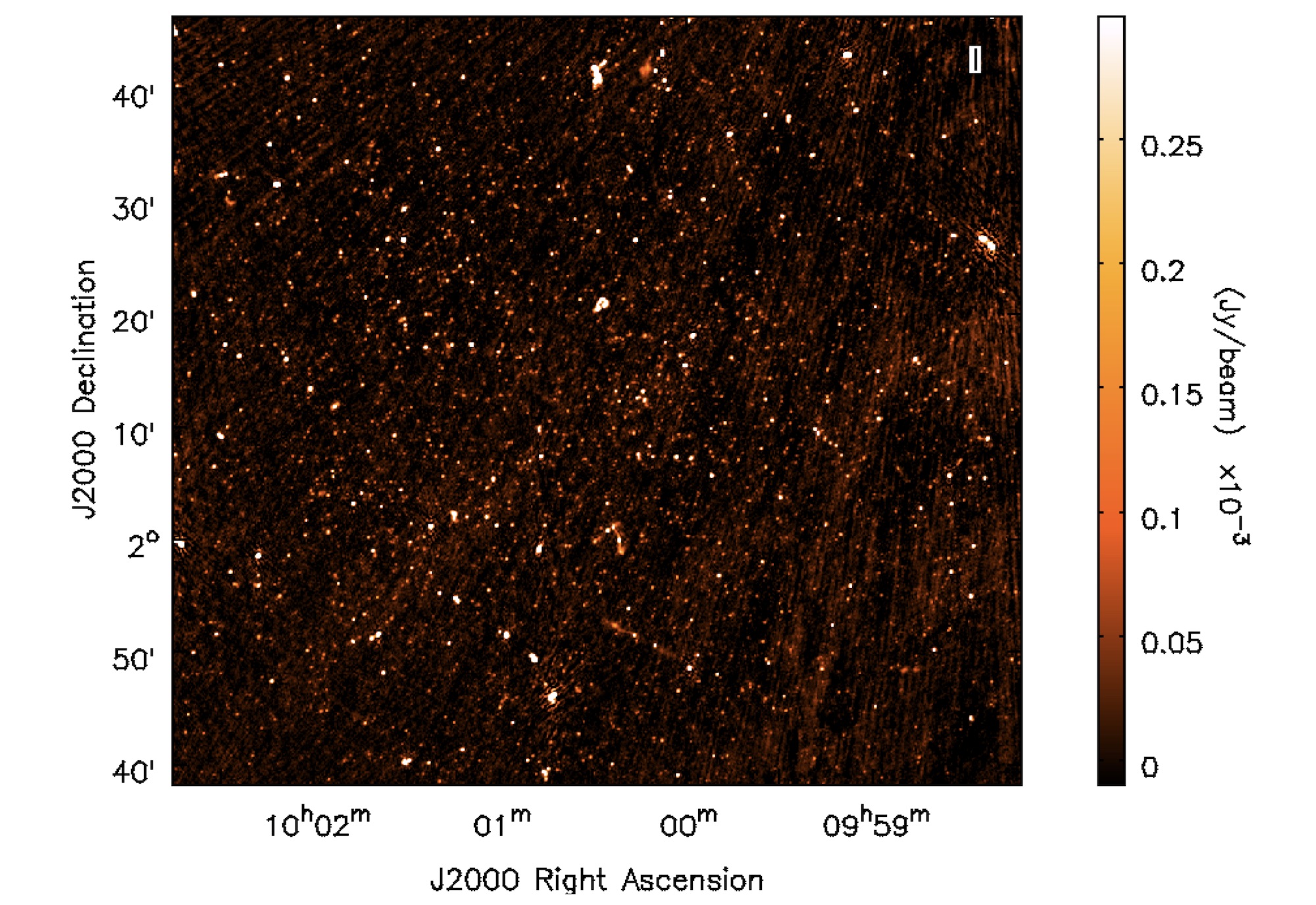NEW DATA RELEASE! Unveiling the Deep Radio Sky with the superMIGHTEE Project
A major milestone has been reached with the first data release from the superMIGHTEE project, combining observations from the MIGHTEE Survey using South Africa’s MeerKAT telescope and India’s upgraded Giant Metrewave Radio Telescope (uGMRT). This telescope combination offers the most sensitive and scientifically powerful images of deep-sky radio emission before the Square Kilometre Array (SKA) becomes operational. The new dataset … Read More

